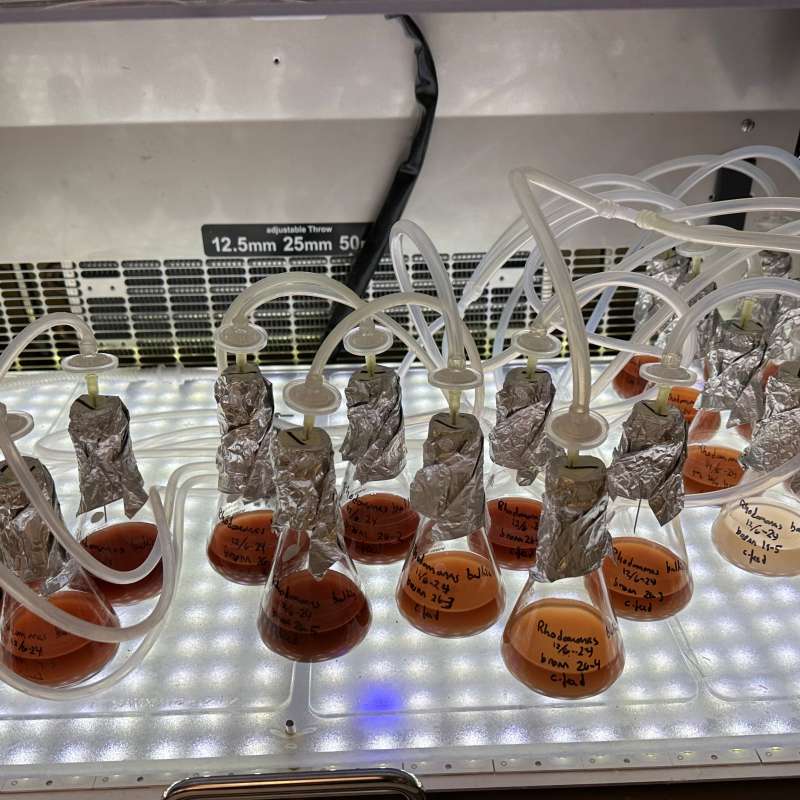Kari Skjånes
Research Scientist
Links
ResearchGateBiography
Kari has a PhD in microalgae technology from UiB, with main focus on cultivation technology. The research has emphasis on microalgae for food and feed, where cultivation methods and stress physiology is used as a tool for obtaining algae biomass with composition adapted to specific products. Microalgae as a source of proteins, fatty acids (PUFA) and pigments (such as carotenoids) are important elements. NIBIOs pilot facility for microalgae production at Vollebekk in Ås with large scale photobioreactors, is used for research on upscaling of cultivation methods developed in lab scale, and production of algae biomass for various microalgae product development. In addition, she works with psychrophiles and other microalgae adapted to low temperatures, as a source of bioactive compounds through bioprospecting.
Abstract
No abstract has been registered
Authors
Ralf Rautenberger Alexandre Detain Kari Skjånes Peter Simon Claus Schulze Viswanath Kiron Daniela Morales-SánchezAbstract
No abstract has been registered
Abstract
No abstract has been registered

Division of Biotechnology and Plant Health
Microalgae contributions to future protein and fatty acid rich feed for Norwegian chicken at industrial scale - ALGEKYLLING
The main goal of the project is to create a knowledge and technology platform for production and use of chicken feed with proteins and polyunsaturated fatty acids (PUFA) from Norwegian microalgae biomass. The project consortium includes the whole production/value chain.

Division of Biotechnology and Plant Health
MikRho - Establishing Rhodomonas culture with beneficial microbiome adapted to industrial production
As one of the largest microalgae producers in Norway, CFEED contributes to sustainable feed solutions through its production of microalgae and the copepod
